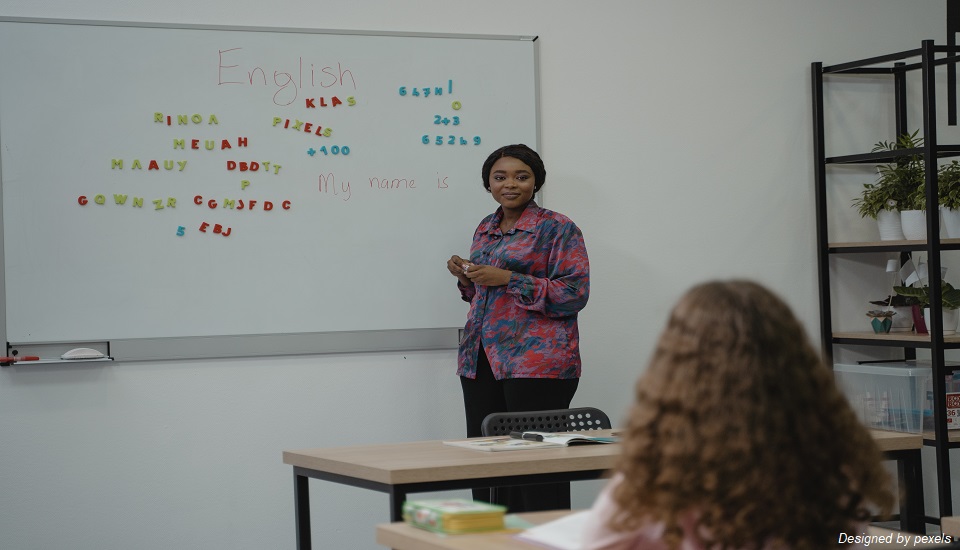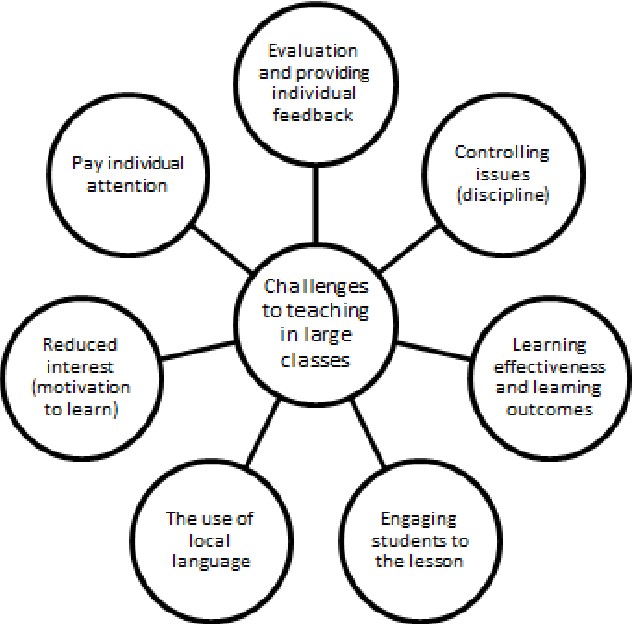
As TEFL teachers, teaching students whose native language is different from your own can be a bit challenging. As new teachers you might only have a few strategies in your hand that you can use to set up a positive teaching experience for your students. However, if you break those barriers TEFL teaching can be a valuable experience. Thankfully, certain language learning tips can help you overcome the hurdles and bridge the gap between various languages.
Ways To Break All Language Barriers And Connect With Your Students

Here are a few ways to teach English to non-native English language learners and take down the language barrier:
Learning a basic local language is extremely important as it can allow you to converse with the local students and teachers efficiently. It will foster effective communication, thus getting rid of the language barriers. Furthermore, by making an effort to learn simple greetings and phrases, you show respect for the local culture. Your efforts also translate into showing genuine interest in connecting with the community.
In an ESL classroom, comprehending the local language allows you to better understand students' needs, provide clear instructions, and address their concerns. It also allows you to build a strong rapport with your students thus creating an inclusive and welcoming environment. It fosters appreciation and mutual respect, ultimately creating a more effective and engaging learning environment.
Using nonverbal communication and visual aids can be another great way to overcome natural barriers. If you notice your students are unable to understand your lesson plans, incorporate a lot of pictures, videos, charts, flashcards, etc to clarify the concept and vocabulary. While visualizing the topics, the students will learn and retain better.
Non-verbal communication can include body language, gestures, and facial expressions. These can convey emotions, meaning, and instructions thereby transcending language barriers. Use simple gestures like nodding, pointing, thumbs-up, etc for students to understand what you are trying to say.
Hey, do you follow us on Social Media? We regularly share upgraded educational content, tips, feedback and more. Check us out by clicking the profiles here - Facebook / Twitter / LinkedIn / Pinterest / Instagram / YouTube
While teaching non-English learners it is highly essential to keep your lesson plans as simple as possible. Break down crucial and more complex concepts into more manageable parts for your students to understand better. By using clear, simple, and concise language you will able to pass in the instructions better ensuring that your students understand the core objectives of each lesson.
Furthermore, you also need to adapt your activities and teaching materials to the learner's language capabilities. Tailor your teaching methodologies to cater to each student's needs individually to offer holistic learning and growth. By meeting students' levels you can make them more participative, engaged, and interested.
If you want to make the students learn the right way you need to make them participate. As a TEFL teacher abroad it is not only you who feel nervous while teaching learners of other languages. Your students also feel the same and they can come out as super shy and reluctant to open up. Thus, create a classroom that fosters active interaction and engagement.
Motivate the students to talk in English despite their initial struggles. Encourage them to participate in discussions, share their thoughts and opinions, and ask questions. By offering a supportive environment you can boost their confidence and self-esteem. Furthermore, you can also gain valuable insights into your student's learning needs and challenges through active participation.
While teaching abroad, leveraging online resources and technology can be a good way to overcome language barriers. With the advent of educational platforms and digital tools, you now have access to a wealth of resources that can enhance the learning experiences of your students. Use interactive language apps, multimedia content, and language practice opportunities to offer interactive and engaging exercises.
Also, virtual communication tools can offer real-world language practice to students as they can exchange and interact with native English speakers. Incorporating technology into teaching allows you to create an immersive and dynamic learning environment for your struggling students.
If you are trying to set your foot in a foreign land, there can be no better strategy than collaborating with local teachers. Since local educators have an in-depth understanding of students' learning styles, challenges, and cultural backgrounds, conversing with them can give you valuable insights.
Engage yourself in professional discussions and observe their teaching techniques. Ask them if you can attend a few of their classes and pick out some learning strategies. Tailor your approach based on your findings to suit the learning styles of your students allowing greater engagement and comprehension. Furthermore, by working with local teachers you can learn a little more about the local language and culture and strive to bridge the language gap.
Break The Language Barrier, Once And For All
As a TEFL aspirant trying to hold your ground in a foreign land might not always be easy. Therefore, don't be discouraged if you have bad days and everything that you want to try seems to be a failure.
As an educator who has completed an Internationally Accredited TEFL/TESOL Course in Kolkata, you were pretty aware that teaching non-English learners is not going to be smooth sailing. Hence, shed your panic and try out the learning strategies, trust the process to be a great teacher in no time.
We believe education should be accessible for everyone. That’s why we don’t charge for our blogs. Find the right course that will help you in your career with us, contact us at - +919870134035. You can mail us at act@asiancollegeofteachers.com